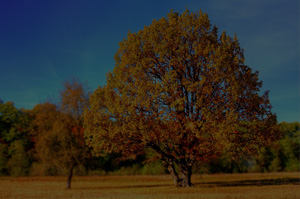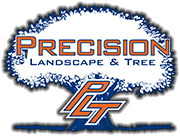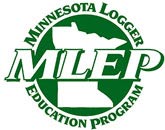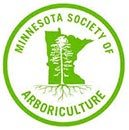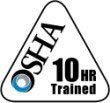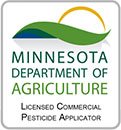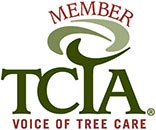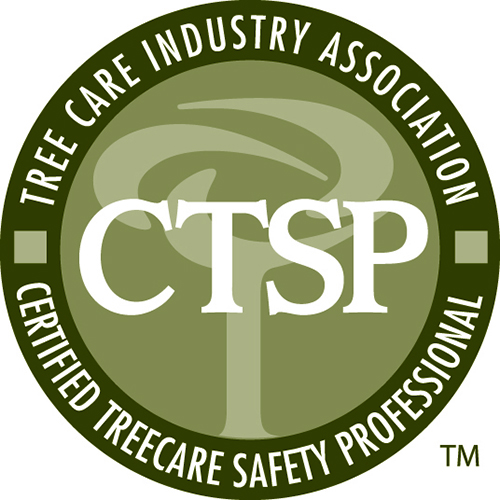What is Dutch elm disease?
Dutch elm disease (DED) is caused by a sac fungus that affects elm trees. The disease has been affecting elms in Minnesota ever since 1961. In the United States, DED is spread by bark beetles. The disease can infect all native Minnesota elm trees. Keep in mind, not all trees die from this disease.
How does Dutch elm disease happen?
Bark beetle introduces fungi to the tree. Then, the tree plugs up its xylem tissues to try and stop the fungus from spreading. This is similar to when your nose gets stuffed up when you have a cold or allergies. The plugs prevent nutrients and water from traveling up the tree, which slowly kills the tree.
What are some initial signs of Dutch elm disease?
A common sign of Dutch elm disease is when the top leaves on the top branches start to wither and fall off. You’ll notice your leaves are turning yellow or brown in the late spring or summer. Then, the rest of the crown (top of the tree) will slowly lose its leaves.
-
Starts with a few branches
-
Observed in early summer
-
Brown streaks in sapwood
-
No discoloration in the inner bark
What can I do to prevent Dutch elm disease?
-
Pruning of weak or dying branches can be effective.
-
Insecticides can be somewhat effective when it comes to killing adult bark beetles.
-
Inject elms with fungicide. This can be expensive and it needs to be re-applied every couple of seasons.
-
Planting trees that are Dutch Elm disease resistant.
What if my tree can’t be saved?
An infected and dying/dead tree must be cut down and disposed of properly. Wood from the infected tree should be chipped, burned, or buried to prevent the transferring of the disease.
For more about Dutch elm disease, check out these credible sources:
Dutch Elm Disease in Minneapolis
Minneapolis has an abundance of Elm trees. The beautiful trees are often found in the city’s boulevard. With a large amount of elms trees comes Dutch Elm Disease. This disease must be removed right away in order to prevent further spreading to other elm trees. If there’s a city tree near your home that has been diagnosed with DED, the city will mark it and contact you.
Once Your Tree Has Been Diagnosed
A tree that has been diagnosed with Dutch Elm Disease must be removed or treated. If you want to care for the tree yourself, you must obtain a free permit and pay for the treatment. (Minneapolis won’t pay to treat public trees.) If you don’t want to treat the tree, it must be removed. The city will contact their preferred contractor (usually Precision) to properly remove the tree. Precision will expertly remove the tree without harming any of the surrounding areas. The chopped up tree will be hauled to a recycling facility to be made into wood chips. (Wood chips don’t spread DED.)
Once the tree has been removed, the city will measure and mark the stump for removal and grinding. Precision will grind the stump so the city can plant a new tree in its place. Keep in mind that the tree will be added to a replacement list, so it may take a while before a replacement tree is planted. Click here to go to the city page.
Dutch Elm Disease in St. Paul
Dutch Elm Disease is no stranger to St. Paul trees. The disease has been killing St. Paul elm trees since the 1960s. Tree inspectors examine elm trees every summer; St. Paul requires infected trees to be removed within 20 business days of notification. A letter will be sent to you in the mail.
If you want to treat the public city tree instead of removing it, you must get a free permit and hire a licensed tree care company (like Precision) to treat the tree. The treatment usually costs around $1200 and must be treated for the next two to three years.
Minneapolis and St. Paul both recommend that you use a company that is ISA certified. Precision is proud to be a member of the ISA and TCIA. Click here to go to the St. Paul city page.
If you think your tree might be infected or dying, and you live in the Minneapolis and St. Paul area, give us a call at 651-484-2726.
